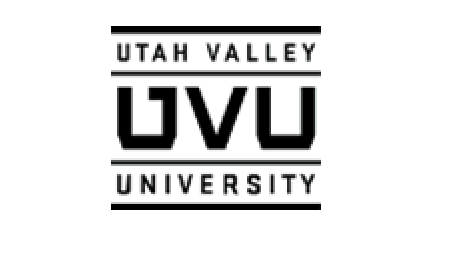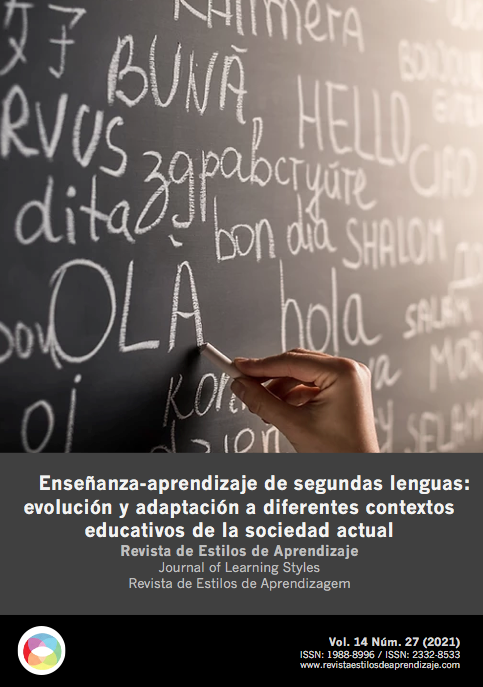


Communication is, without a doubt, one of the signs of identity that best define the human species since the beginning of time. Without it, the development of society and its evolution to the paradigms we know today would not have been possible. Although the human capacity to use more than one language has always existed, there are two events that have been decisive in shaping the processes of teaching and learning second languages. On the one hand, there was the consolidation and institutionalisation of Applied Linguistics as an independent science in the 20th century and, on the other, the emergence of the Common European Framework of Reference for Languages (CEFR) at the beginning of the 21st century. It is worth noting that, although the CEFR was initially conceived and developed from a Eurocentric perspective, its influence has transcended the borders of the countries that make up the Old Continent.
Since then, second language teaching methodologies have undergone a significant shift towards communicative approaches which focus on understanding and making oneself understood through the channelling and development of the four basic skills (reading, writing, listening and speaking). Consequently, learners' learning styles are also changing in search of effective language use where the ultimate aim is not to achieve a comfortable interlanguage that allows acceptable communication, but real improvement. In addition, the reasons for learning a second language are diversifying and specialising according to both personal and social needs. At many times, society imposes on us certain standards of survival that go beyond our individual interests. Such is the case of learning English as a second language as opposed to learning another language that may appeal to us more on an individual level. To this must be added the widespread use of new technologies that inevitably require some knowledge of a language that may be different from our own.
As a result, patterns of second language teaching and learning have transformed formal, non-formal and informal education, influencing settings as diverse as schools, colleges, universities, academies, social networks, cinema, television and meetings with friends, among others. While the changes are remarkable, teacher training is not yet in line with reality. On a daily basis, bilingual education is gaining ground over non-bilingual education without all formal education settings being able to provide the quality response that would be expected of them.


